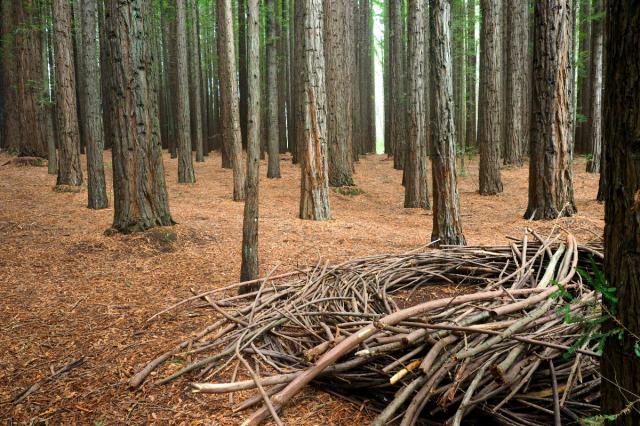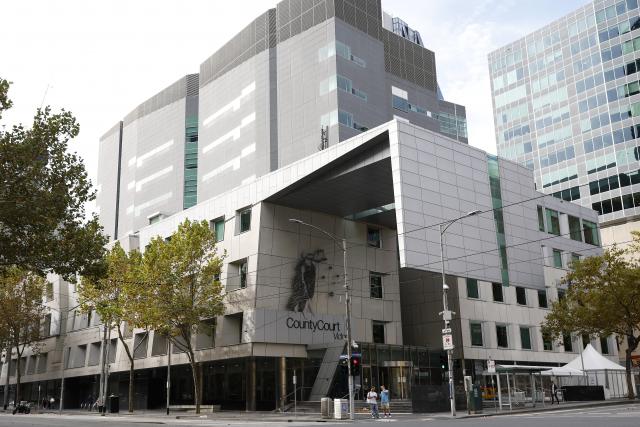The California Redwood Forest area of Yarra Ranges National Park has received a $2.6 million funding boost from the state government.
The project will add 200 car park spaces, a public toilet, wet-weather visitor shelter and a boardwalk viewing area along the creek that runs through the National Park.
Northern Victoria MP Jaclyn Symes said the Redwood Forest has become a popular destination.
“These upgrades will help to manage that visitation while helping protect the stunning natural scenery that is its drawcard.” she said.
The project will also see the planting of 7,000 local indigenous plants to protect the banks of waterways.
$2.3 million of the funding for the project has been allocated from the $46 million regional tourism investment fund and $300,000 from the state government’s parks and reserves fund.
Minister for Energy, Environment and Climate Change Lily D’Ambrosio said the state government is continuing to invest in projects that improve accessibility, connect people with nature and sustainably manage visitation to parks and reserves.
“Opening up Redwood Forest carparking and upgrading facilitates will improve the visitor experience and encourage more people into this beautiful par of Victoria to explore.” she said.
Tract Consultants have been appointed by Parks Victoria to complete designs of the project, with construction expected to begin in the middle of 2022.
California Redwoods in the Yarra Ranges National Park can reach up to 55 metres tall, while at full maturity – around 400-years-old – they can reach 115m.
The trees can live for over 2000 years and they are among the oldest living organisms on earth.
The Redwood tree was first introduced to Australia in the 1930s for softwood logging, with more trees planted in East Warburton in the 1960s.
Their thick fire-resistant bark, developed through centuries of forest fires in Oregon and California, has helped them thrive in the Australian climate and bushfire season.
The species can also be found in the Otway National Park.







